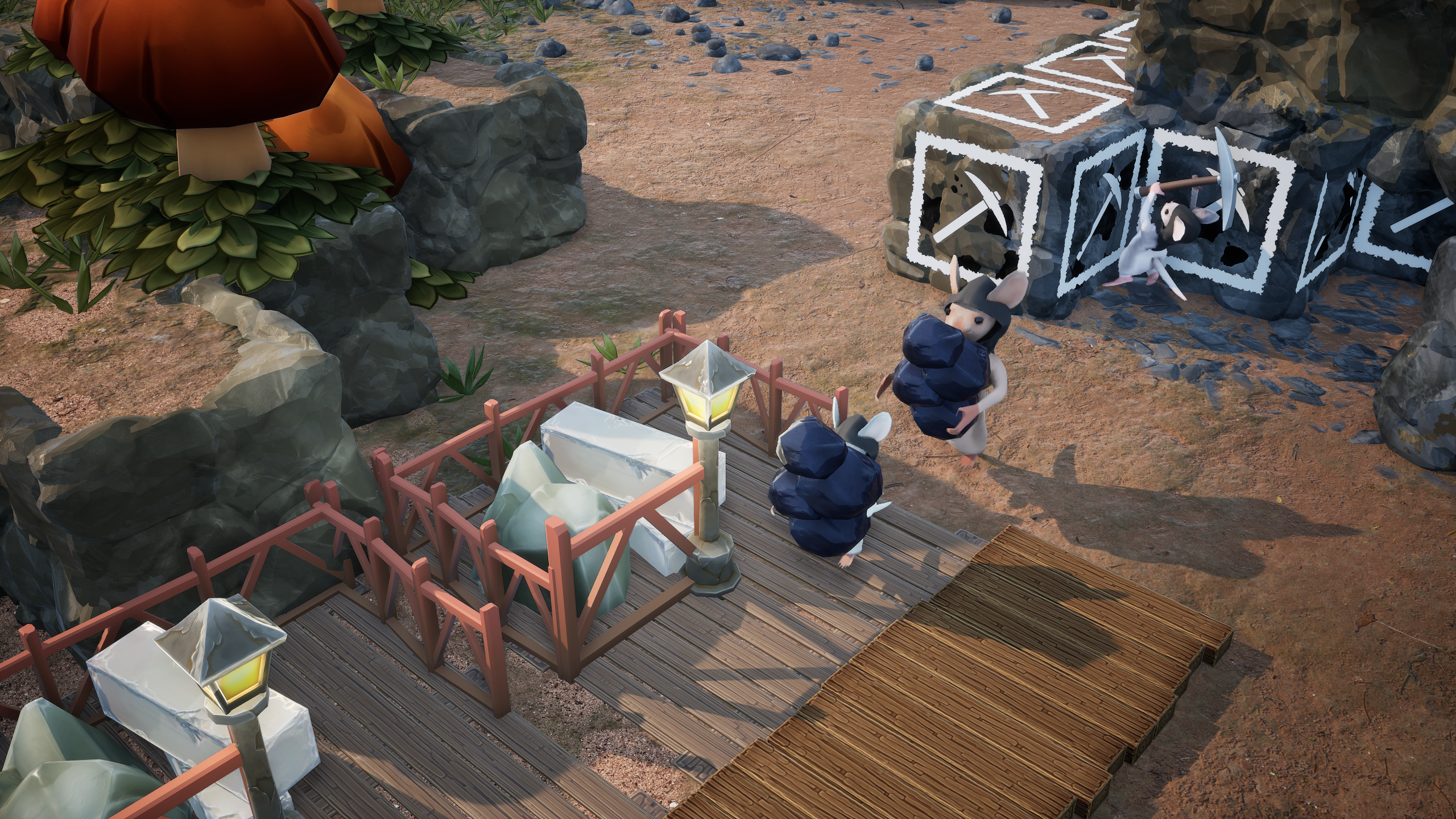As IGN’s AI Week continues, I thought it’d be fitting to look back on the Xbox’s highest-aiming gaming AI project: Project Milo, which would formally come to be known as Milo & Kate before disappearing in a cloud of vaporware altogether. It was unveiled back at E3 2009, meaning that it’s so old at this point that, more than likely, plenty of folks in an entire generation of younger gamers don’t even know what it is. Heck, I lived through it as the Senior Editor for Official Xbox Magazine at the time, and even I couldn’t tell you what it was – because I never saw it running. Few people outside of Microsoft’s walls did.
What it wanted to be was a grand experiment in AI. Take a look through all the stories IGN did on it over the years. You’ll go on quite a ride! The “emotional AI” would have allowed you to interact with Milo and his (or her, if you chose the female version named Millie) dog named Kate. And by “interact” I mean talk to, using Kinect’s built-in microphone array.
Ah yes, Kinect. I probably should’ve mentioned that part sooner! For those of you who remember Kinect but not Milo, you’re probably now nodding along and thinking, “OK, now this is starting to make sense.” And when you add in the extra piece of the puzzle – that it was the brainchild of visionary game designer Peter Molyneux, who by his own admission often bit off more than he could chew, ambition-wise, a clearer picture of Milo starts to come together.
It was, in essence, a grand experiment that never quite found the right formula. Per Milo’s Wikipedia page, the special sauce would’ve been as follows: “The game relies on a procedural generation system which is constantly updating a built-in “dictionary” that is capable of matching key words in conversations with inherent voice-acting clips to simulate lifelike conversations. Molyneux claims that the technology for the game was developed while working on Fable and Black & White.”
It was the brainchild of Peter Molyneux, who by his own admission often bit off more than he could chew
Truth be told, Kinect itself probably wasn’t up to the task, even if the software had been. Perhaps the Xbox One’s regretfully bundled Kinect 2.0 could’ve gotten Milo & Kate to where it wanted to go. But let’s imagine for a moment that it had all worked. How cool of an AI-driven experience would it have been to talk to – and in fact have rudimentary conversations with – a realistic digital avatar?
Some of the tech developed for Mile & Kate did go into Fable: The Journey, the Kinect game that Molyneux (who left mid-project) and the team at Lionhead did release. (Side note: with apologies to the small-scale Fable CCG called Fable Fortune, Fable: The Journey is the last “big” Fable game to ship, all the way back in 2012!) Unfortunately, as I said in my review of it for IGN, the spellcasting adventure game was quite fun… if the Kinect actually worked properly, which it often did not. Perhaps someday something like Molyneux’s original vision for Milo & Kate will, too.






